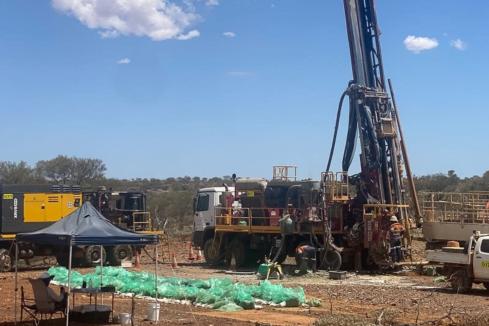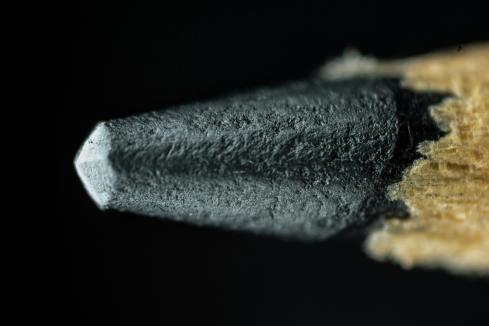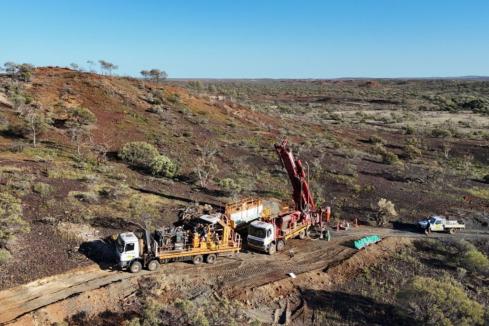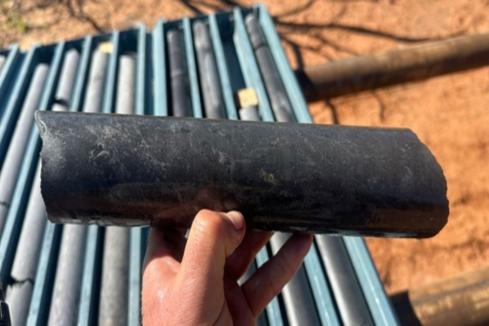Buxton Resources is aiming to get back in the black – the black-coloured carbon at its Graphite Bull project in Western Australia’s Gascoyne region, that is – when it kicks off a new diamond drill program to explore deep geophysical targets in the hope of expanding its existing resource numbers.
The company’s two diamond drillholes have been designed to target potentially significant extensions of its graphite mineralisation at the site. The potential is inferred from the company’s multiple high-power ground electromagnetic (EM) conductors that are supported by surface mapping and indicate up to 2.3km of east-west strike extension of the graphitic deposit defined by last year’s shallow reverse-circulation (RC) scout drilling.
The geophysics also point to a potential depth extension of as much as 1500m vertical depth below surface.
The RC drilling in April last year consisted of five widely-spaced drillholes for 991m and encountered thick runs of material with high-grade total graphitic carbon (TGC) intercepts in four separate holes. They included 33m at 18.7 per cent TGC, 18m at 16.2 per cent, 32m at 17.7 per cent with another 5m at 24.8 per cent in the same hole and 5m at 24.5 per cent.
Buxton Resources chief executive officer Marty Moloney said; “We've previously seen that the upper margins of the EM targets at Graphite Bull represent thick zones of high-grade graphite, so now we're very excited to see what lies in the heart of some of these plates".
Following last year’s scout program, Buxton produced an initial simple resource model to scope out the project’s likely potential based on available data and derived an inferred resource of 4 million tonnes at a grade of 16.2 per cent TGC.
But considering the strike and depth potential indicated by multiple ground EM conductors, in concert with surface mapping that reveals outcropping graphitic material through a 2km strike, the company believes it could be looking at a resource that might be at least one or two orders of magnitude bigger than its early conservative model indicates.
Buxton has designed its first hole to test about 300m below its previous RC drilling and down-plunge from its first RC hole that intercepted 33m at 18.7 per cent TGC from 11m and 20m at 18.3 per cent from 170m. The company’s second hole will test the mineralised zone to a similar depth about 600m further east of the first hole, exploring down-plunge from a collar position halfway between two of the easternmost RC holes.
The previous holes intercepted 18m at 16.2 per cent TGC from 145m in one hole and 5m going 24.8 per cent from 20m, 5m at 19.7 per cent from 34m and 32m at 17.7 per cent from 49m in an adjacent step-back hole.
Management says the new drill campaign will provide a base from which it can establish its future operations and earthworks ahead of a major program of combined RC and diamond resource extension and infill drilling to further test its new graphite deposit – and begin building it to a real initial resource.
Is your ASX-listed company doing something interesting? Contact: matt.birney@businessnews.com.au















